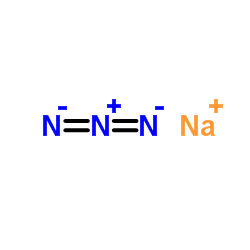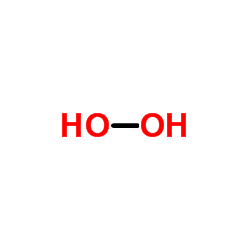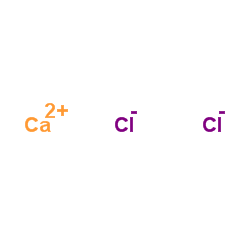| Structure | Name/CAS No. | Articles |
|---|---|---|
 |
Sodium azide
CAS:26628-22-8 |
|
 |
3,3'-Dimethoxybenzidine dihydrochloride
CAS:20325-40-0 |
|
 |
sodium chloride
CAS:7647-14-5 |
|
 |
Hydrogen peroxide
CAS:7722-84-1 |
|
 |
sodium dodecyl sulfate
CAS:151-21-3 |
|
 |
For-Met-Leu-Phe-OH
CAS:59880-97-6 |
|
 |
L-(+)-Lysine monohydrochloride
CAS:657-27-2 |
|
 |
Calcium chloride
CAS:10043-52-4 |
|
 |
SODIUM CHLORIDE-35 CL
CAS:20510-55-8 |
|
 |
dimercaprol
CAS:59-52-9 |